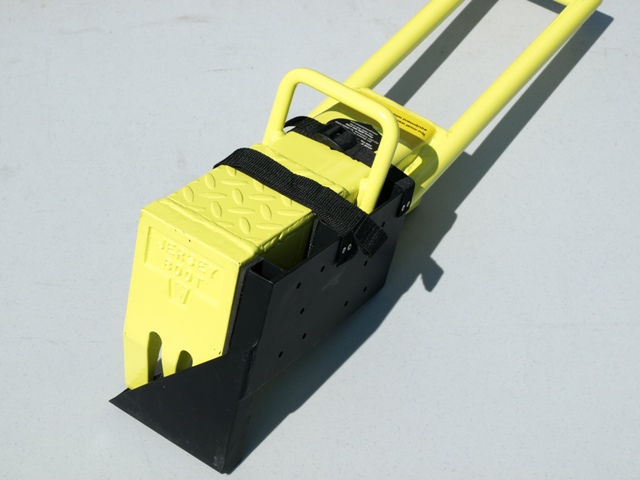
Avoid injuries by putting lawn and garden equipment, buckets, stray pieces of wood, and other obstacles in your garage or home before the snow starts to fall. Keep the hair around the paws trimmed to reduce clumps.ĭo you know what lurks beneath the blanket of snow in your backyard? Snow covers obstacles that are normally easy to see and avoid, making a walk through the yard a little dangerous for you and your pet. In addition to being uncomfortable, ice and snow buildup can cause dangerous frostbite. Boots and booties offer the ultimate protection from salt burns as well.Īfter a romp in the snow, inspect your pet's paws for clumps of snow and ice. Prevent painful chemical burns by wiping your pet's paw pads with a moist cloth as soon as it returns inside.

Special boots or booties with grippers on the soles will protect your pet's feet and reduce the risk of falls.Īlthough you may not use salt to melt ice, chances are some of your neighbors do pour caustic ice melt products on their sidewalks. Buy salt-free ice melt labeled safe for pets instead, or lay a no-slip mat over slippery surfaces. Although salt provides an effective way to melt ice, the mineral can damage your pet's sensitive paws. Prevent broken bones, sprains, strains, and other injuries by removing ice promptly or making steps and other surfaces less slippery. Just like you, your pet can injure itself by slipping on icy sidewalks, stairs, porches, and decks. Fortunately, you can help your furry friends enjoy a safe, happy winter by following these cold weather recommendations.

Painful slips and falls, frostbite, accidental poisonings, and other health woes can spell trouble for pets when it's cold outside.


 0 kommentar(er)
0 kommentar(er)
